Mourad Debbabi
DPOAD: Differentially Private Outsourcing of Anomaly Detection through Iterative Sensitivity Learning
Jun 27, 2022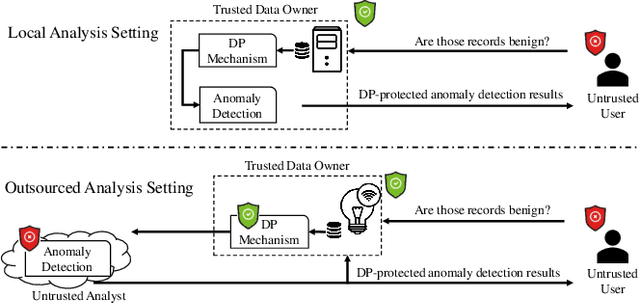
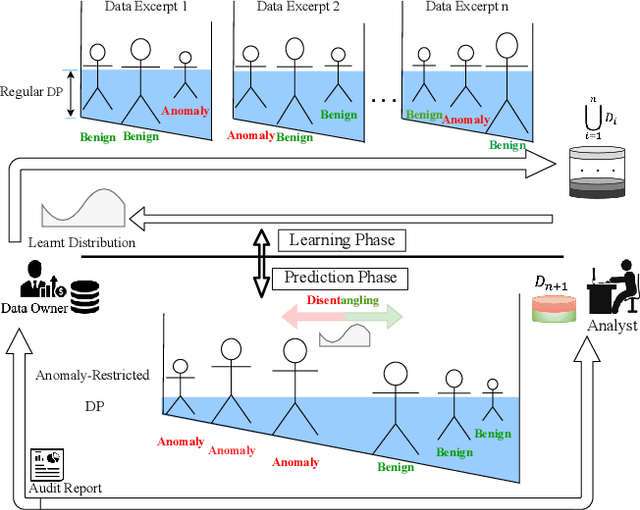
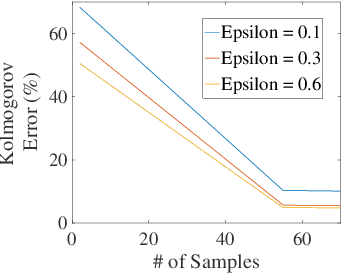
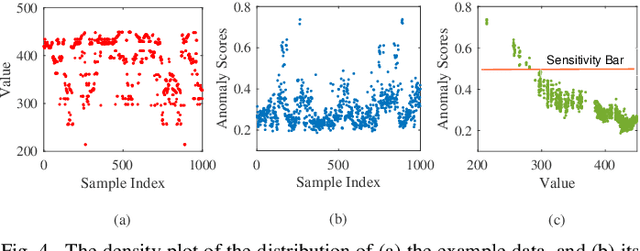
Abstract:Outsourcing anomaly detection to third-parties can allow data owners to overcome resource constraints (e.g., in lightweight IoT devices), facilitate collaborative analysis (e.g., under distributed or multi-party scenarios), and benefit from lower costs and specialized expertise (e.g., of Managed Security Service Providers). Despite such benefits, a data owner may feel reluctant to outsource anomaly detection without sufficient privacy protection. To that end, most existing privacy solutions would face a novel challenge, i.e., preserving privacy usually requires the difference between data entries to be eliminated or reduced, whereas anomaly detection critically depends on that difference. Such a conflict is recently resolved under a local analysis setting with trusted analysts (where no outsourcing is involved) through moving the focus of differential privacy (DP) guarantee from "all" to only "benign" entries. In this paper, we observe that such an approach is not directly applicable to the outsourcing setting, because data owners do not know which entries are "benign" prior to outsourcing, and hence cannot selectively apply DP on data entries. Therefore, we propose a novel iterative solution for the data owner to gradually "disentangle" the anomalous entries from the benign ones such that the third-party analyst can produce accurate anomaly results with sufficient DP guarantee. We design and implement our Differentially Private Outsourcing of Anomaly Detection (DPOAD) framework, and demonstrate its benefits over baseline Laplace and PainFree mechanisms through experiments with real data from different application domains.
Toward Multimodal Interaction in Scalable Visual Digital Evidence Visualization Using Computer Vision Techniques and ISS
Aug 01, 2018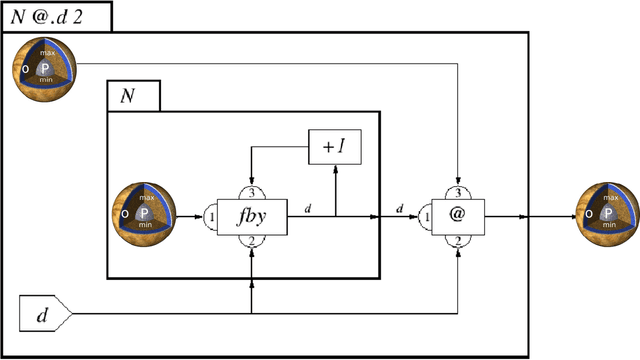
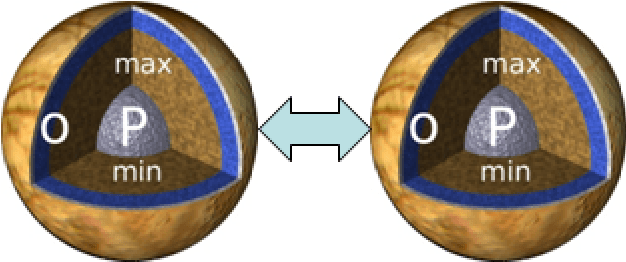
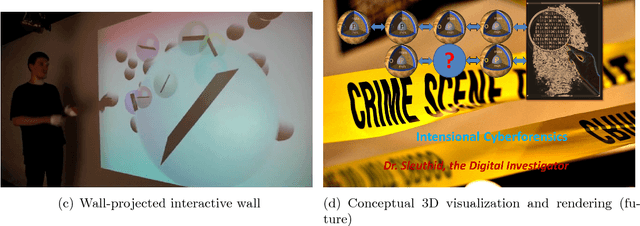
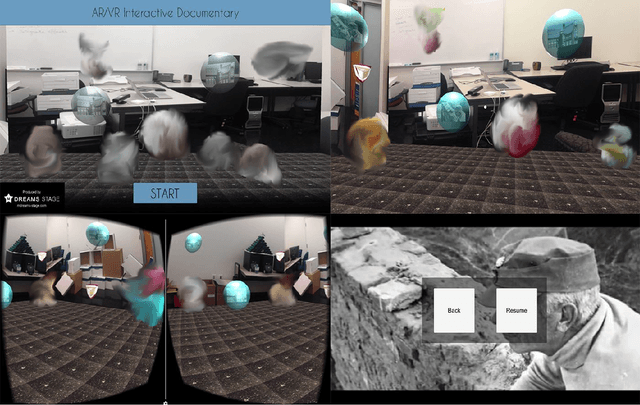
Abstract:Visualization requirements in Forensic Lucid have to do with different levels of case knowledge abstraction, representation, aggregation, as well as the operational aspects as the final long-term goal of this proposal. It encompasses anything from the finer detailed representation of hierarchical contexts to Forensic Lucid programs, to the documented evidence and its management, its linkage to programs, to evaluation, and to the management of GIPSY software networks. This includes an ability to arbitrarily switch between those views combined with usable multimodal interaction. The purpose is to determine how the findings can be applied to Forensic Lucid and investigation case management. It is also natural to want a convenient and usable evidence visualization, its semantic linkage and the reasoning machinery for it. Thus, we propose a scalable management, visualization, and evaluation of digital evidence using the modified interactive 3D documentary system - Illimitable Space System - (ISS) to represent, semantically link, and provide a usable interface to digital investigators that is navigable via different multimodal interaction techniques using Computer Vision techniques including gestures, as well as eye-gaze and audio.
Android Malware Detection using Deep Learning on API Method Sequences
Dec 25, 2017



Abstract:Android OS experiences a blazing popularity since the last few years. This predominant platform has established itself not only in the mobile world but also in the Internet of Things (IoT) devices. This popularity, however, comes at the expense of security, as it has become a tempting target of malicious apps. Hence, there is an increasing need for sophisticated, automatic, and portable malware detection solutions. In this paper, we propose MalDozer, an automatic Android malware detection and family attribution framework that relies on sequences classification using deep learning techniques. Starting from the raw sequence of the app's API method calls, MalDozer automatically extracts and learns the malicious and the benign patterns from the actual samples to detect Android malware. MalDozer can serve as a ubiquitous malware detection system that is not only deployed on servers, but also on mobile and even IoT devices. We evaluate MalDozer on multiple Android malware datasets ranging from 1K to 33K malware apps, and 38K benign apps. The results show that MalDozer can correctly detect malware and attribute them to their actual families with an F1-Score of 96%-99% and a false positive rate of 0.06%-2%, under all tested datasets and settings.
MARFCAT: Transitioning to Binary and Larger Data Sets of SATE IV
May 10, 2013



Abstract:We present a second iteration of a machine learning approach to static code analysis and fingerprinting for weaknesses related to security, software engineering, and others using the open-source MARF framework and the MARFCAT application based on it for the NIST's SATE IV static analysis tool exposition workshop's data sets that include additional test cases, including new large synthetic cases. To aid detection of weak or vulnerable code, including source or binary on different platforms the machine learning approach proved to be fast and accurate to for such tasks where other tools are either much slower or have much smaller recall of known vulnerabilities. We use signal and NLP processing techniques in our approach to accomplish the identification and classification tasks. MARFCAT's design from the beginning in 2010 made is independent of the language being analyzed, source code, bytecode, or binary. In this follow up work with explore some preliminary results in this area. We evaluated also additional algorithms that were used to process the data.
 Add to Chrome
Add to Chrome Add to Firefox
Add to Firefox Add to Edge
Add to Edge